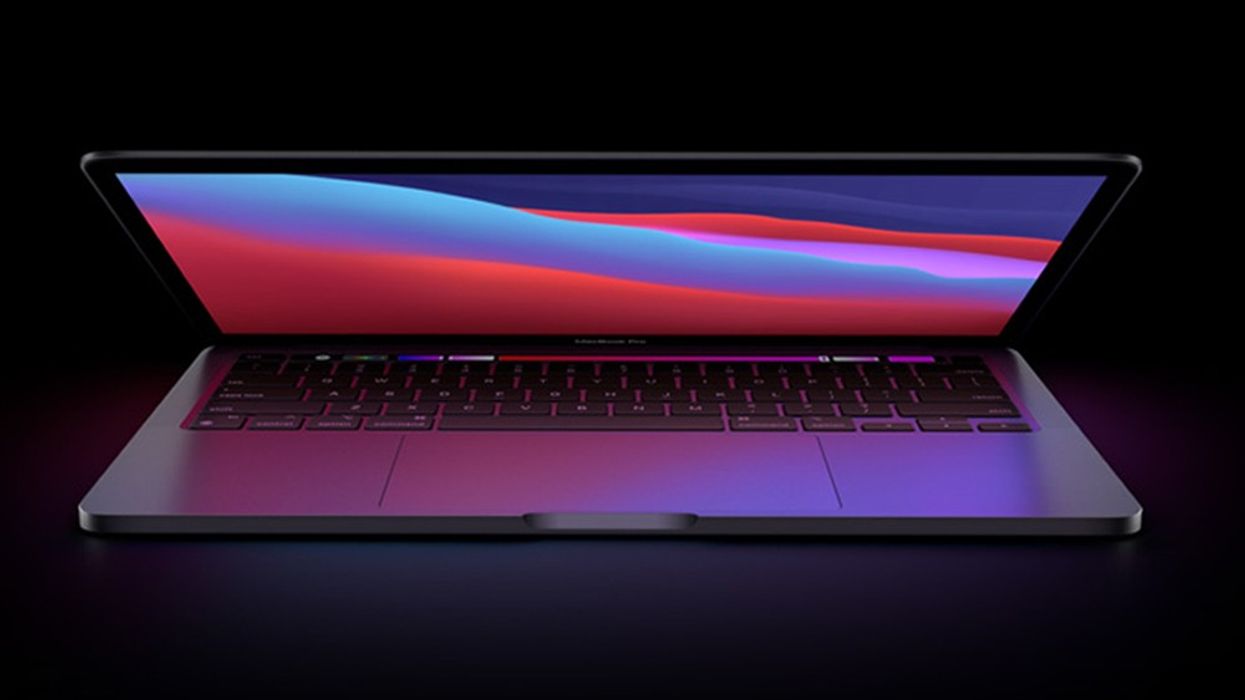The New Apple Silicon Machines Are Here
Apple has announced its new lineup of ARM-powered Mac machines, available next week.

Back in June, Apple finally announced something rumored for years. They are moving to ARM-based processors for their Macintosh systems.
This is huge news for a lot of reasons, the biggest of which is that apps are going to be able to move seamlessly between mobile devices, laptops, and desktops. This will make life much easier for developers (once everything gets up to speed) and will have some benefits for filmmakers, with some of our favorite filmmaking apps like Artemis.
But the big question for filmmakers is will these new chips have the horsepower to handle professional workflows, which are more demanding than running iOS apps?

Today, Apple announced its lineup of new Apple Silicon powered computers, running on the new M1 chip. They're starting with a relatively low-powered lineup, with a MacBook Air, a 13" MacBook Pro, and a Mac Mini. These machines are less common with filmmakers, who tend to lean more towards the 16" MacBook Pro and the Mac Pro.
However, the promise Apple is making here is that these machines should have the horsepower required for even tasks like video editing, even though they are more affordable.

The machines most interesting to filmmakers are the Mac Mini and the 13" MacBook Pro. The Mac Mini has always been an underrated machine, especially since it has a T3 port, so you can attach an eGPU for more horsepower if you need it. The last generation even offered 10GB Ethernet and workable graphics.
The new version is offering six times the graphics horsepower of the previous version, while keeping all the original ports, meaning both USB-C/T3 and also original USB-A ports, along with an Ethernet port.
Best of all, it starts at only $699, which makes it an actually affordable Apple system.

They have also refreshed the 13" MacBook Pro, which remains popular with film students and some filmmakers for its smaller footprint compared to the more powerful 16" machine.
While we've traditionally recommended going for the larger machine for its discrete GPU, in recent years the 13" Pro has worked harder to earn its Pro nomenclature, and this revision shouldn't slow. They've finally added the studio quality microphone that the 16" got in 2019, which is a welcome addition (it really does sound very nice) and have added better video quality to the camera for video conferencing.
They have also improved the speed on the internal SSDs and claim up to twice the speed in accessing data. That should make apps open more quickly and should make dealing with internally stored media even faster.

The MacBook Air is really intended just for writers and executives, but it's worth mentioning since it will have an absolutely insane battery life due to the low power use of the M1 chips. They expect 18 hours of use, which is absolutely astounding for such a lightweight machine and should power you through a long writing session on a train or somewhere else without a wall adapter.
The machines also feature Thunderbolt/USB 4. USB 4 is in many ways just the expansion of Thunderbolt 3 speeds (up to 40gb/s) to a wider array of users. This is exciting since we're likely to see some interesting devices come about that take advantage of that bandwidth without the price premium you typically pay for certified Thunderbolt products. As NVME storage media gets cheaper and cheaper, a USB 4 storage device stands a shot at being both affordable and absolutely blazing fast.
That is it for now. While some were expecting that there might be a 16" MacBook Pro, that never seemed likely. Apple has announced a two-year program for moving to exclusively ARM systems, and it was always going to start with the smaller systems before we see the more powerful machines running on new chips. The 16" is their marquee device and it seems more likely that it will come next fall.
Will these be powerful enough to run filmmaking software? Apple is claiming some pretty impressive numbers here.
We were surprised to discover that the previous generation 13" MacBook Pro was actually powerful enough for editing 4K ProRes footage. They're claiming 5X graphics performance in the new model compared to the previous model, which, if true, should make this plenty powerful enough for film students and filmmakers in a variety of workflows. Not the machine to edit an 8K RED RAW project in, but definitely enough horsepower for film work.
That, in a laptop that starts at $1299, is amazing.

Also interesting is that Apple is talking about RAM as unified memory, meaning it's designed to be accessible to both either the CPU or the GPU, instead of having separate memory for those chips. As more of the work processing video moves to the GPU, this offers a huge potential processing bonus.
As we discussed back in June when this was announced, for these machines to really deliver for filmmakers comes down to the success of Rosetta 2, the software that Apple has created to enable users to run vintage Intel software on the new systems. While most mainstream apps will be fully running on the new chips at launch, filmmakers love weird old software. We're looking forward to getting our hands on the system as soon as we can and evaluating them in terms of how well older plugins and software run in the new environment.
The new MacBooks will be available next week.











